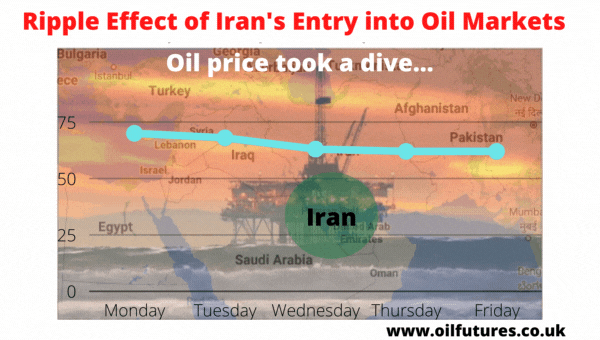Crude oil prices took a dive on Thursday when Hassan
Rouhani, the Iranian president signalled that world powers have agreed to lift
the sanctions against Iran.
Although President Rouhani did not spell out the
details of the deal, the markets that had been edgy throughout the day
following the bombshell dropped by the IEA, the International Energy Agency, it
was a bit of the last straw.
Oil futures fell over 2% in New York and the oil
charts suddenly turned red, having been on bullish streaks for weeks.
President Rouhani admitted that the signatories to
the JCPOA, 2015 Iran nuclear deal, were still ironing out some issues; his
mood, however, did stem from a solid foundation of optimism.
Analysts did not expect a reaction of this magnitude
from the investors at the news; they were aware that Iran, a key member of the
OPEC+, would not damage the current price level by flooding the markets with
crude oil – just to make up for what it lost during the past three years.
On a positive note, meanwhile, there are other encouraging
developments in the sphere of politics, both in the Middle East and beyond:
Hamas and Israel agreed to an Egyptian-brokered ceasefire, having fought for 11
straight days; Russia and the US held what appeared to be constructive talks to
improve the bilateral relations.
Despite these progresses, crude oil markets tumbled
on the news while eclipsing the former. Some analysts wonder where it was more
to do with what the IEA said yesterday rather than the misplaced anxiety over
Iran’s crude oil exports to the markets.
When the sanctions against Iran is lifted, however,
some sellers in the Middle East may feel the pinch as Iran attracts its older
customer such as India; India has already made it clear that it would buy oil
from Iran, once the sanctions are lifted.
Since the scale of one-day drop on Thursday is
pretty significant, it will take some time before it reaches a new equilibrium –
in light of a relatively stable global political order.








